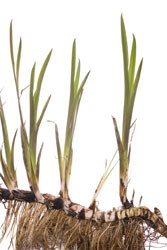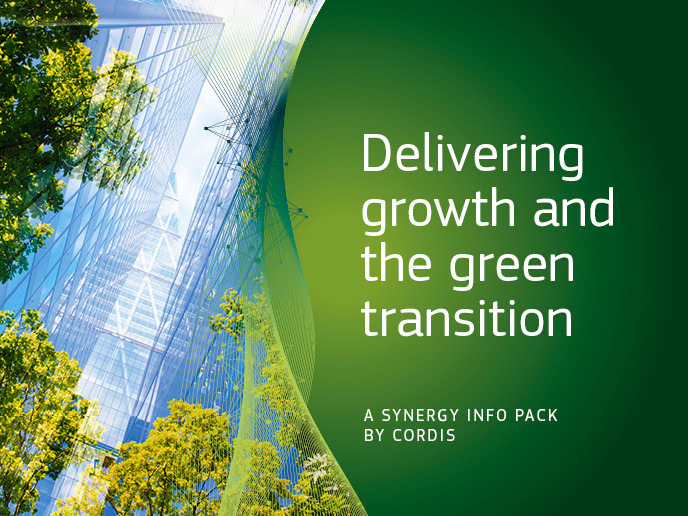Molecular signature of plant–bacteria symbiosis
Legumes live symbiotically with soil bacteria collectively referred to as rhizobia. These bacteria are allowed to colonise and multiply inside the plant cells in specialised organs named nodules. In exchange, they fix the atmospheric nitrogen to ammonium, which can be readily utilised by the plant as a nitrogen source. Although the legume–rhizobium symbiosis is well established, little is known about the early signalling events that establish this relationship. In this context, the EU-funded SYMBIOSIGNAL project set out to identify proteins and genes implicated in the symbiotic signalling. To analyse the early transcriptional events that take place in the roots, scientists utilised the legume Medicago truncatula as a model plant. Using next-generation sequencing, they analysed the transcriptional profile of the M. truncatula roots at very early symbiotic stages, concentrating on the role of Nod factor signalling. Plants mutated in various components of the Nod pathway were used in the analysis, which identified almost 11 000 differentially expressed genes. Among these genes, researchers selected a number of transcription factors involved in ethylene perception and biosynthesis, including the AP2/ethylene-responsive factor superfamily. Ongoing work aims to characterise the detailed role of these genes in appropriate mutant plants or through silencing experiments. Given the importance of ethylene in germination, fruit ripening and other plant processes, these findings could be translated into novel methods for improving current agricultural systems and crop yield.







